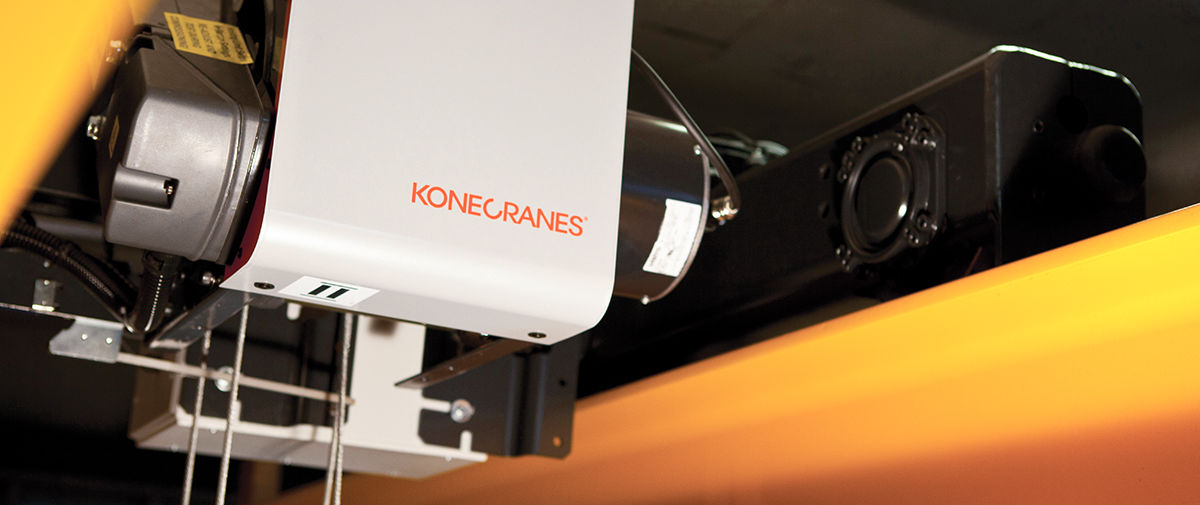The three types of crane brakes in the title of this article are commonly used interchangeably. But while the three share similarities, they also differ from one another. In the following, I will clear up the distinctions.
Mike James, Industrial Cranes
Some country regulations require each independent hoisting unit of a crane be equipped with two braking systems. One must be a holding brake system and the other a control brake system.
A holding brake is designed to stop and hold the load or motor in a stopped position. This broad category of crane brakes includes motor brakes, shoe brakes, electric disc brakes and mechanical load brakes.
Holding brake systems like these provide fail-safe performance. That is, they set and hold the load without external power, such as during a power failure.
In contrast, control braking systems do not stop and hold the load. Instead, they control or slow the lowering speed of the hoist, preventing the load from free-falling.
Decades ago, mechanical load brakes were commonly used. Most electric hoists on the market had a mechanical load brake to control speed, as well as stop and hold loads.
Despite this two-in-one functionality, mechanical load brakes have disadvantages. In converting the kinetic energy of stopping a load, they create a lot of heat. This makes them especially impractical for large and high duty cycle cranes.
And being located in the hoist gearbox, they shed particles of brake lining in the gearbox oil, leading to premature wear on crane parts such as bearings and gears and a shortened hoist life. Because of these drawbacks, Konecranes elects not to use mechanical load brakes in any of its cranes, large or small.
Instead, Konecranes uses regenerative braking, an inherent function of the squirrel-cage induction motor. When the motor begins to run faster than its rated speed or the hoist becomes overhauled by the load trying to pull it faster than its rated speed, the induction motor goes into regenerative braking mode, acting as a load brake to keep the load from free-falling.
Unlike a friction brake, regenerative braking does not generate excess heat, but feeds energy back into the power system reducing energy consumption.
